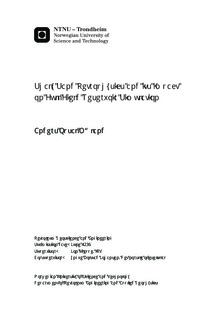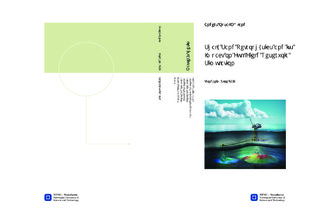| dc.description.abstract | When a discovery has been made, appraisal wells are drilled, cored and logged. With the information they provide, an evaluation of the formation characteristics begin. Many parameters are correlated to the porosity log, and in a shaly formation some corrections must be made to this log in order to represent the oil bearing sand characteristics.
Two approaches has been investigated; total porosity with a fractional net-to-gross ratio, and an effective porosity method. Together with them, the Waxman & Smit and Poupon & Leveaux Indonesia equation was applied for water saturation evaluation.
Input from 8 appraisal wells at Ivar Aasen in the North Sea has been used. The logs where interpreted, unique geomodels built and simulations were run. This showed there are large differences in calculated volume in place and oil recovery based on method selected. Both approaches are similar to their sensitivity to volume shale, and behave a little different when faults and vertical permeability is altered in the simulations. | |

